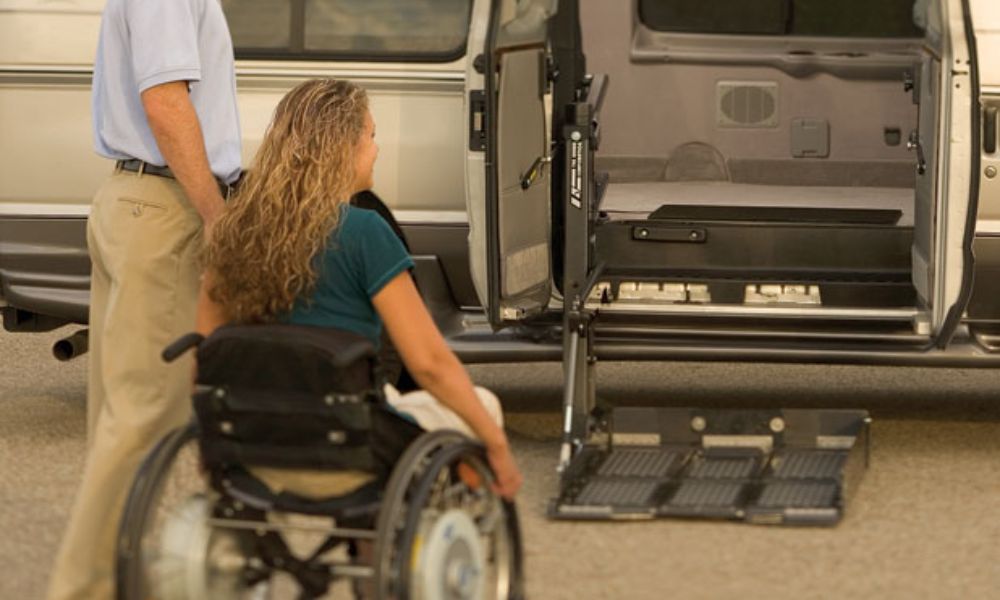
The importance of the right equipment cannot be overstated when it comes to mobility vans. These vehicles play a crucial role in promoting independence and making daily travel more accessible for people with mobility challenges. Here’s a look at what equipment features a mobility van should have.
Wheelchair Lift Ramp
The first thing a mobility van must have is a reliable, sturdy wheelchair ramp or lift. These elements allow easy access into and out of the vehicle and should be capable of accommodating various wheelchair types and sizes. It’s also important that they come with safety features like non-slip surfaces and guardrails.
Lowered Floor
A lowered floor can offer additional interior space, making it easier for individuals who use wheelchairs to move and navigate a space. Lowered floors also help increase visibility for passengers in wheelchairs, ensuring they can enjoy the view during travel.
Securing Systems
To ensure safety during transit, a mobility van should feature a robust wheelchair-securing system. Such a system will keep the wheelchair firmly in place, providing stability and reducing the risk of accidents. Some systems use belts or tracks that can be manually or electrically controlled.
Accessible Controls
For individuals who are able to drive, accessible controls are a crucial feature in mobility vans. These features might include hand controls for acceleration and braking, steering wheel aids, and touch screen controls for other vehicle functions.
Swivel Seats
Swivel seats for cars and vans are another vital feature. They rotate and tilt, making it easier for individuals to transition from a wheelchair into a vehicle seat. The swivel mechanism can be manual or powered, and these seats often come with height adjustment and recline features for added comfort.
Now that you know what equipment features a mobility van should have, it’s time to make informed decisions. Consider the individual needs of the user, including their physical capabilities and lifestyle demands. Remember that the primary purpose of these specialized vehicles is to make transportation comfortable, safe, and easy.
